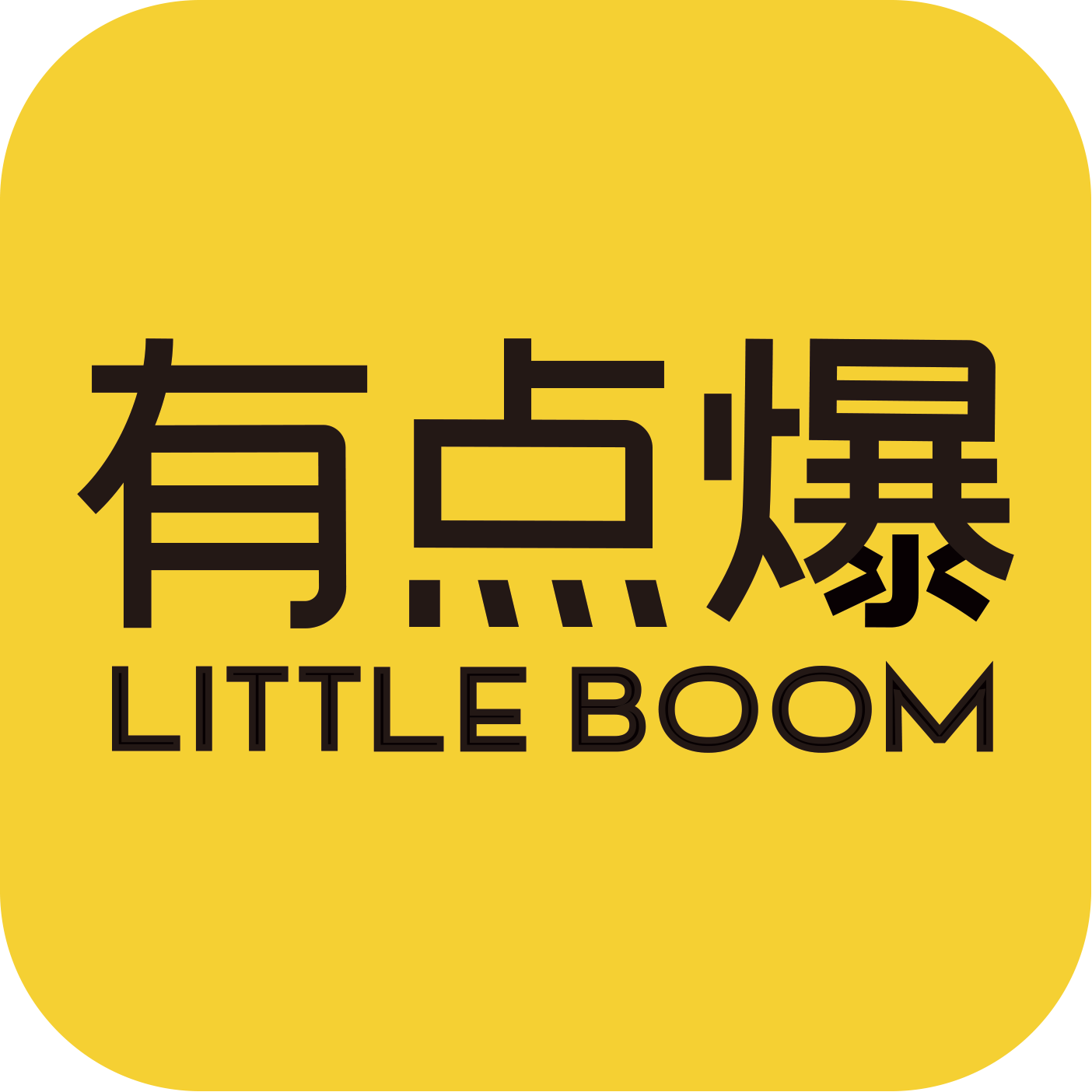How to Negotiate Packaging Costs with Chinese Suppliers❓
Practical Tips and Strategies to Reduce Packaging Procurement Costs
最新资讯
/ Feb
#Packaging factory
packaging
design packaging
Customized packaging
#Packaging Supplies
Eco-Friendly
packaging cost negotiation tips with Chinese suppliers
访问量
1. Do Your Research
- Understand the Market: Research the current market prices for the type of packaging you need in China. Look at industry reports, trade shows, and online platforms to get an idea of the average costs. This will give you a benchmark to compare supplier quotes.
- Supplier Analysis: Identify multiple potential suppliers and evaluate their capabilities, reputation, and pricing. Consider factors such as production capacity, quality control, and their ability to meet your specific packaging requirements. This will give you leverage during negotiations, as you can mention other suppliers' offers to encourage competition.
2. Define Your Requirements Clearly
- Specify Details: Clearly communicate your packaging specifications, including materials, dimensions, printing requirements, and any special features. The more precise you are, the easier it will be for suppliers to provide accurate quotes and for you to compare offers.
- Volume and Timeline: Let the supplier know your expected order volume and delivery timeline. Larger volumes may qualify you for better pricing, and a longer lead time may give the supplier more flexibility to offer cost savings.
3. Build a Relationship
- Establish Trust: Before starting negotiations, try to build a good relationship with the supplier. Communicate regularly, show interest in their business, and demonstrate your professionalism. A positive relationship can make the negotiation process smoother and increase the likelihood of reaching a mutually beneficial agreement.
- Be Respectful: Treat the supplier with respect and courtesy throughout the negotiation process. Avoid being overly aggressive or demanding, as this may damage the relationship and make it more difficult to reach an agreement.
4. Negotiate Strategically
- Start with a Reasonable Offer: Begin the negotiation by presenting a reasonable offer based on your research and understanding of the market. This will set the tone for the negotiation and show the supplier that you are serious about reaching a fair deal.
- Highlight Value: Emphasize the value you bring to the supplier, such as large order volumes, long-term business potential, or positive referrals. This can give you more leverage in the negotiation and make the supplier more willing to offer concessions.
- Explore Options: Be open to exploring different options for reducing packaging costs, such as using alternative materials, simplifying the design, or adjusting the order volume. Work with the supplier to find creative solutions that meet your needs while also reducing costs.
- Bundle Negotiations: If you are sourcing multiple products or services from the same supplier, consider bundling the negotiations to achieve better overall pricing. This can give the supplier an incentive to offer more favorable terms and can help you streamline your supply chain.
5. Consider Long-Term Partnerships
- Express Your Interest: Let the supplier know that you are interested in building a long-term partnership. This can give the supplier more confidence in your business and make them more willing to offer competitive pricing and better terms.
- Negotiate Terms: In addition to pricing, consider negotiating other terms of the partnership, such as payment terms, delivery schedules, and quality control measures. A mutually beneficial long-term partnership can provide stability and cost savings for both parties.
6. Document the Agreement
- Get Everything in Writing: Once you have reached an agreement with the supplier, make sure to document all the details in a written contract. This should include the pricing, specifications, delivery schedule, payment terms, and any other important terms and conditions.
- Review and Confirm: Before signing the contract, carefully review all the terms and conditions to ensure that they are accurate and acceptable. If there are any discrepancies or concerns, address them with the supplier before finalizing the agreement.
By following these steps, you can effectively negotiate packaging costs with Chinese suppliers and achieve a mutually beneficial agreement that meets your business needs. Remember to be prepared, communicate clearly, and build a good relationship with the supplier to increase your chances of success.
最新动态
- Original packaging design for coffee brands: awakening the aroma of coffee with visual effects-Littleboom packaging 2025-06-18 15:08:44
- Blue and pink color matching original coffee packaging design-Littleboom Packaging 2025-06-13 10:53:17
- Children's Day themed coffee and milk tea packaging original design- Littleboom Packaging 2025-06-10 15:31:43
- Children's Day - Themed Milk Tea Packaging: Empowering Overseas Brand Marketing with Childlike Design - Littleboom packaging 2025-06-06 14:24:04
- How to use packaging to maximize the brand promotion effect❓- Littleboom packaging 2025-05-30 16:59:27
- Monster themed coffee full set packaging original design - Littleboom packaging 2025-05-30 14:09:32
- Customized Foam Paper Cups: Paper cups that combine artistry, comfort and practicality 2025-05-15 17:11:12
- Crafting Luxury: Elevating DON FUN HUI's Tea Packaging 2025-05-04 11:29:44
- In the PET printing workshop-pet coffee cup production workshop. 2025-04-15 16:53:55
- How to Negotiate Packaging Costs with Chinese Suppliers❓ 2025-02-17 16:39:06


WeChat
WhatsApp
Gift Box
LlittleBoomPackaging
Add:B3-04, 2013 Cultural Maker Park, No. 108, Lijia Road, Henggang Street, Longgang District, Shenzhen City, Guangdong Province, China
Tel:+86 19146482796
WhatsApp:+86 13828468190
E-mail:littleboomnice@gmail.com








